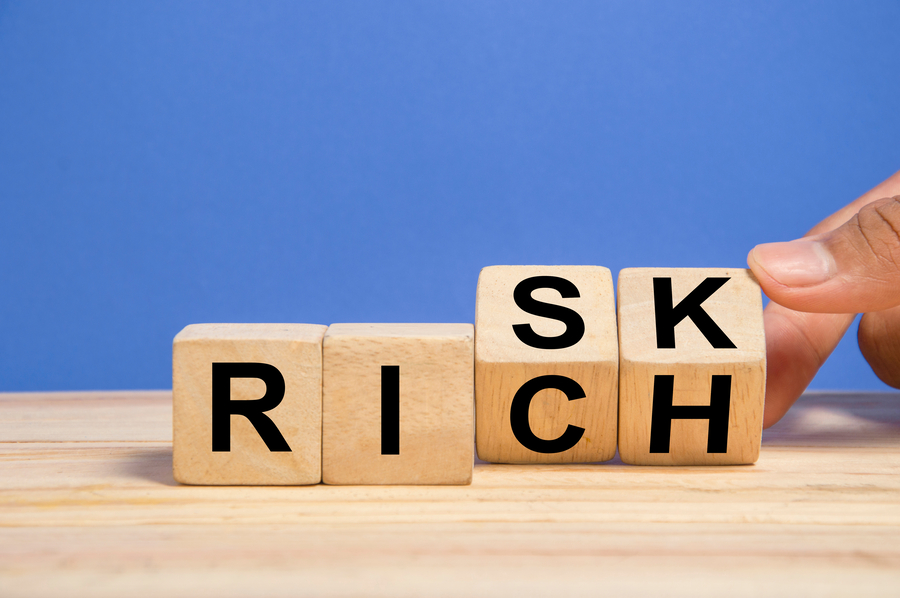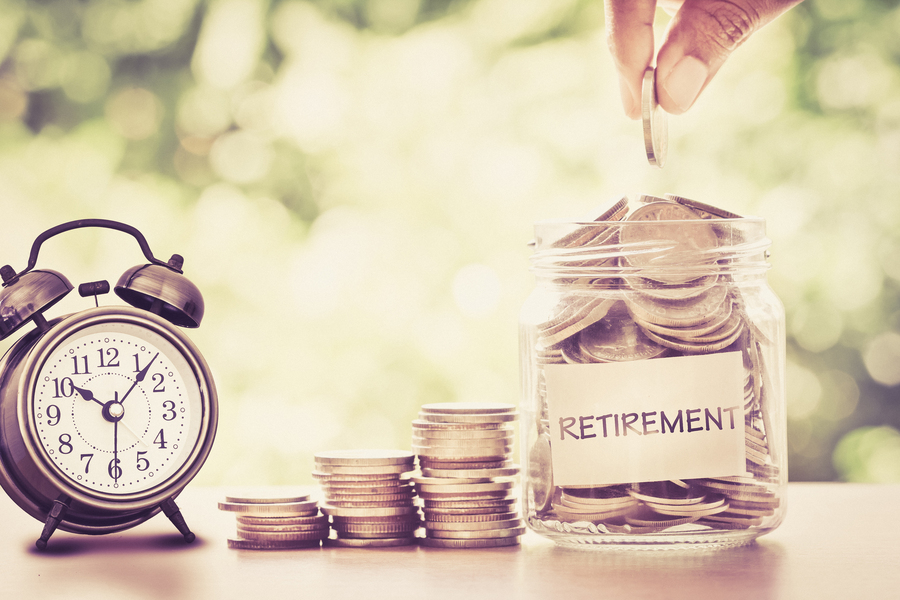I WANT
RELATED LINKS
I WANT
RELATED LINKS
RELATES LINKS
I WANT
RELATES LINKS
Services
Related Links

คำค้นหาที่แนะนำ
ผลการค้นหา "{{keyword}}" ไม่ปรากฎแต่อย่างใด
ข้อแนะนำในการค้นหา
- ตรวจสอบความถูกต้องของข้อความ
- ตรวจสอบภาษาที่ใช้ในการพิมพ์
- เปลี่ยนคำใหม่ กรณีไม่พบผลการค้นหา
Use and Management of Cookies
We use cookies and other similar technologies on our website to enhance your browsing experience. For more information, please visit our Cookies Notice.
- Personal Banking
- Stories & Tips
- Retirement Plan
- Investment Technique after Retirement
- Personal Banking
- ...
- Investment Technique after Retirement
Investment Technique after Retirement
16-07-2020
Before retirement, everybody would estimate roughly how much money they would like to have. Then they will make a saving plan to ensure that they achieve their goal. However, when they are retired, they have to manage this sum of money to make sure it lasts for the rest of their lives.
There might be a question that why must we have a financial plan after retirement when we already had one during our working time? When there is a need, we just have to withdraw the money. Or some might be worried that they might lose money quickly if they fail in investment. They would rather secure it in the vault or in the bank account.
For those retirees that stop doing regular jobs, there will have lesser cash flow than expenses per month. Therefore, their saving should be used on investment to increase their income. For example, there are 4 million baht saving for after retirement use. If it was used for investment and gains approximately 5% profit annually, this means that there is 200 000 baht yield per year. It can be used to pay expenses about 16 000 baht per month while the capital remains at 4 million baht.
On the other hand, if there is no management, this 4 million baht will just be used and gradually decreasing. If every month, there is an expense of 16 000 baht, 4 million baht saving will be used up within 21 years. Therefore, investment after retirement is equally important as before retirement.

Cautions for Investment after Retirement
1. Do not invest in properties with very low-risk
Because the profit gain will be too low. For example, depositing 4 million baht into a savings account with a 0.75% interest rate per year. This means the profit gains per year is only 30 000 baht.
2. Do not invest in properties that are too risky
For instant, investment in speculative stocks in the differential markets. This is because there might be a mistake and causes a loss.
3. Do not invest in properties with low liquidity
Such as 10-year debenture, because if there is a sudden need for money, it could not be withdrawn immediately.
Thus, as the last sum of money in our lives, investment techniques after retirement will have to focus on stability to save the capital. Profit gain will be the second most important topic to stress on, which means the goal of the investment is not to be at a loss. So, the result has to be positive and, if possible, the investment return has to be long-term of 5 years and above inflation.
Management of investment portfolios after retirement has to be extremely careful. This is because the main aim is to have money to spend on the rest of our lives. Therefore, properties with medium risk will have to be chosen and it has to have investment return more than the inflation rate, for example, fixed-income funds, balanced mutual funds and equity funds with investment policy not more than 10%

Anyone, who is interested in investment after retirement, has to thoroughly learn about stocks that they would like to invest in before making a decision to invest. They have to select stocks with stability and it should give dividends consistently so that the dividend will serve as constant income.
The investment technique after retirement is really simple. Started off with dividing money into two. The first half serves as liquidity money to spend in the first 1-2 years. The amount depends on how much the expenses will be per month.
For an instant, there is 4 million baht of retirement money. 20 000 baht will be required as a monthly expenditure. 480 000 baht will be kept for payout in the first two years. Then the mentioned amount will be saved in properties with high liquidity, it can be withdrawn whenever it is needed, such as saving accounts or money market funds.
After deduction, there is a remaining amount of 3 520 000 baht. This remaining amount will be invested in income funds, which is a fund that focuses on investment in properties with steady profit. The properties that this fund usually invests in include government bonds, corporate bonds, stocks with constant profits, and real estate investment trusts (REITs). Apart from that, this amount of money can be invested in fixed-income funds as well as real estate funds. These types of funds will provide an investment return of approximately 3-5% per year. Otherwise, an investment can be done on balanced mutual funds with investment policy, not more than 10% that will give a 4-5% investment return annually.
The reason that this type of funds is being emphasized is that retirees need to place importance on consistent income growth. As for the types of properties to invest in, this depends on the level of risk that each individual can bear.
If an individual can only bear low risk, the investment portfolio should be focusing on government bonds and the rest on corporate bonds. If an individual can bear medium risk, they still have to stress on government bonds with a mixture of balanced mutual funds and REITs. And if an individual can bear high risk, they might want to increase balanced mutual funds and REITs.
Despite this sum of money being the last amount in our lives, it should be used to invest to cumulate more money. But emphasis should be high on safety. Therefore, investment in safe and stable properties is the most suitable for retirees.